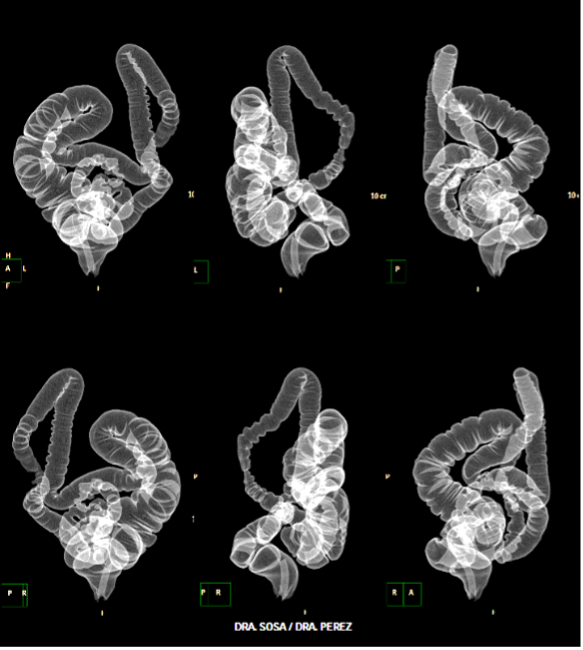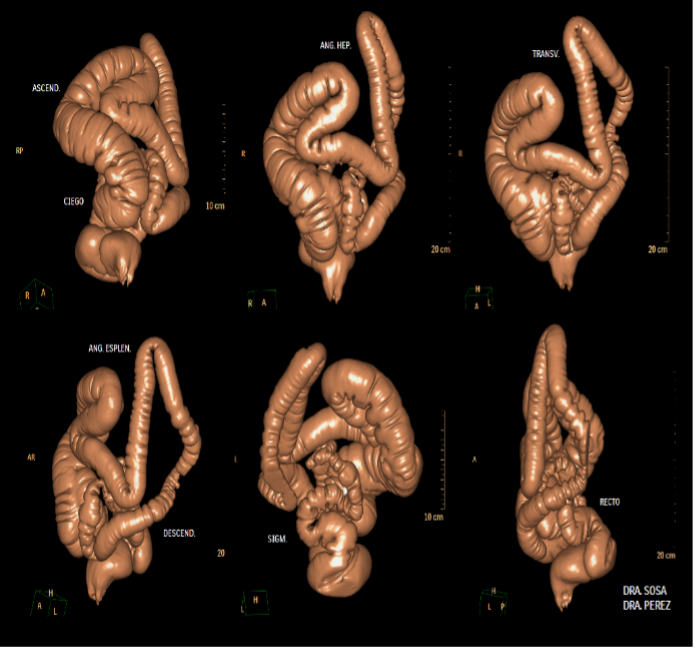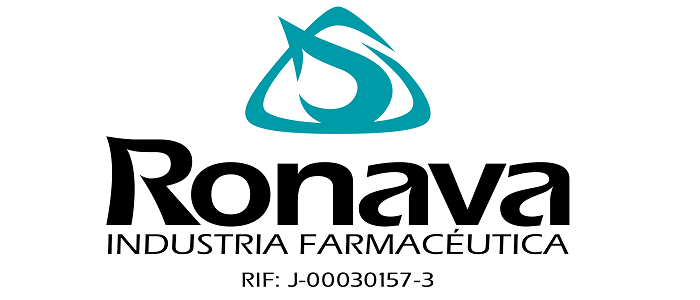Prevalencia del síndrome de intestino irritable y la relación del estrés laboral con esta patología en los médicos especialistas de dos centros hospitalarios y uno imagenológico de Maracay Edo Aragua. Venezuela 2008
Resumen
Objetivos: Determinar la prevalencia del SII, según los Criterios de Roma III, en una población de médicos de tres centros hospitalarios de Maracay. Mayo 2008 y evidenciar la relación del estrés laboral con esta patología.
Métodos: A una muestra de 83 médicos especialistas de consultas, aparentemente sanos, del HCM, ASODIAM y HS, escogidos al azar, se les aplicó una encuesta-cuestionario, previo consentimiento verbal individual, interrogando los criterios de Roma III y la Escala de Maslach para medir el estrés laboral.
Resultados: Según Roma III la prevalencia del SII en médicos especialistas fue de 37.3% (77.5% femeninos y 22.5% masculinos), de los cuales el 67.7% presentaron estrés laboral.
Conclusión: Según el diagnóstico por criterios de Roma III existe una alta prevalencia de SII en la población de médicos especialistas, donde se describe al estrés como posible factor desencadenante de hechos fisiopatológicos que provocan la sintomatología de este síndrome en el grupo estudiado.
Palabras clave
Referencias
1. Thompson WG, Longestreth GF, Drossman DA, Heaton KW, Irving EJ, et al. Funtional bowel disorders and functional abdominal pain. Gut 1999; 45 (Supl.II):II43-47.
Mertz, H. Irritable Bowel Síndrome. N Engl J Med Nov 2003;349:2136-46.
Drossman DA, Camilleri M, Mayer EA, Whitehead WE. AGA technical review on irritable bowel syndrome. Gastroenterol 2002;123:2108-2131.
Lacy BL. Irritable bowel syndrome: a primer on management. Rev. Gastro-enterol Dis 2003;3 (Suppl 3): 832-842.
Vanner S.J. Predictive value of the Rome criteria for diagnosing the ir-ritable bowel syndrome. American Journal of Gastroenterology. 1999; 94(10):2913-16.
Joung Kim Y, Ban DJ. Prevalence of irritable bowel syndrome, influence of lifestyle factors and bowel habits in Korean college students. Division of biostatistics, School of Public Heath. Int J Nurs Stud. 2005. Mar; 42 (3): 247-54.
Rivas A, Vargas C, Torres F, Lopez S, Graterol F, Pandolfo R, Piñero R. GEN 2006;60:302-305.
De Giorgio R, Barbara G, Stangellini v; et al. Diagnosis and therapy of Ir-ritable Bowel Síndrome. Aliment Fharmacol ther 2004;20 (Suppl) 2):10-22.
Saito Ya, Schoenfeld P, Locke GR. The epidemiology of Irritable Bow-el Síndrome in North America: A systematic review. Am J Gastroenterol 2002;97:1910-1915.
Kim Dy, Camilleri M. Serotonin: a mediator of the brain Gut connection. Am J Gastroenterol 2000; 95:2698-2709.
Sommer SC, Lembo A. Irritable Bowel Syndrome: evaluation and treat-ment. Gastroenterol Clin North Am 2003;32:507-529.
Tillisch K, Labus JS, Naliboff BD, et al. Characterization of the alternat-ing bowel habit subtype in patients with Irritable Bowel Syndrome. Am J Gastroenterol 2005;100:896-904.
Speber AD, Shvartzman P, Friger M, Fish A. A comparative Reappraisal of the Rome II and Rome III diagnostic criteria: are we getting closer to the ´true´ prevalence of Irritable Bowel Syndrome. Eur J Gastroenterol Hepatol 2007 Jun;19 (6):437-439.
Frank K, Kleiman L, Rentz A, et al. Health-related quality of the life associated with Irritable Bowel Syndrome: comparation with other chronic diseases. Clin terh 2002;24:675-689.
Talley NJ, Stanghellini V, Heading RC, Koch KL, Malagelada JR, Tytgat GNJ. Functional gastroduodenal disorders. GUT 1999;45 (suppl II) II37-II42.
Cruz R, Ortiz H, Padierna L. Asociación de depresión y ansiedad en pacientes con Síndrome de Intestino Irritable. Rev Gastroenterol Mex 2007 Jan-Mar;72(1):29-33.
Cooper L. „Stres and Work‰ Bull British Psicol. 1996;12:122-126.
Alarcon J, Vaz FJ, Guisado JA: Analisis del síndrome de Burnout
Psicopatología, estilos de afrontamiento y clima social. Revista de Psiquiatría de la Facultad de Medicina de Barcelona 2002;29:8-17.
Maslach C, Jackson SE. The measurement of experienced burnout. J of Occupational Psychology 1981;2:99-113.
González M, De Ascencao M. Síndrome de intestino irritable. Aspectos psicológicos. Revista de la facultad de medicina de la Universidad Central de Venezuela 2005; 28(2): 139-145.
Maslach C, Jackson SE. Maslach Burnout Inventory. Annual Reviews Psichology 1986;52:397-422.
Calabrese G. Riesgos profesionales del Anestesiólogo. XXXV Congreso Mexicano de Anestesiología, Cancún,Mexico,2001:12
Campbell d; Sannad S, Eckhauser F, Campbell k, Greenfield L. Burnout among American Surgeons. Surgery 2001;130(4):696-05.
Guntupalli K, Fromm RE. Burnout in the internit-intensivist. Intensive Care Med 1996;22:625-30.
Tait D, Bradley C, Wipf J, Back A. Resident Burnout and self reported patient care. Anna Int Med 2002;136(5):358-67.
DOI: http://dx.doi.org/10.61155/gen.v63i3.416
IMÁGENES GEN
Autor: Dra. MARIA ISABEL RAMIREZ LÓPEZ - Volumen 79 (4) GEN 2025
 | |
| POSPROCESAMIENTO DE IMÁGENES TOMOGRÁFICAS DE COLON PARA DIAGNOSTICAR CASOS DESAFIANTES. Autor: Dr. SERGIO MARTINEZ-MILLAN - Volumen 79 (4) GEN 2025 | |
 |  |
 |  |  |
ISSN: 0016-3503 e-ISSN: 2477-975X









